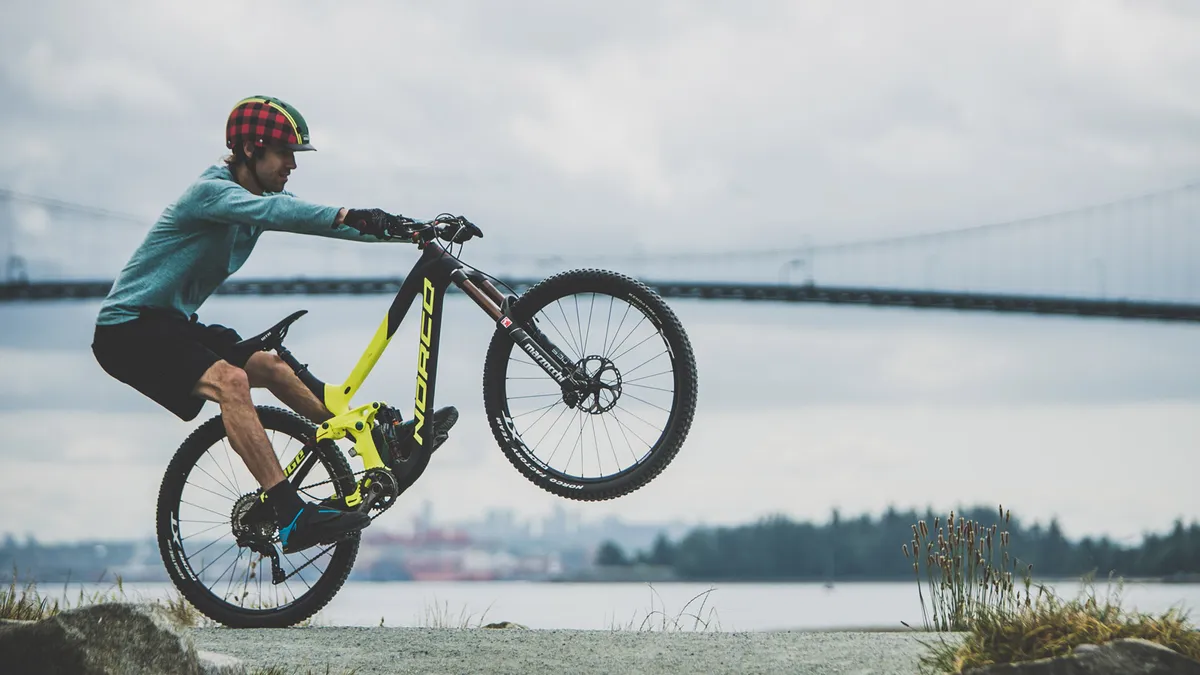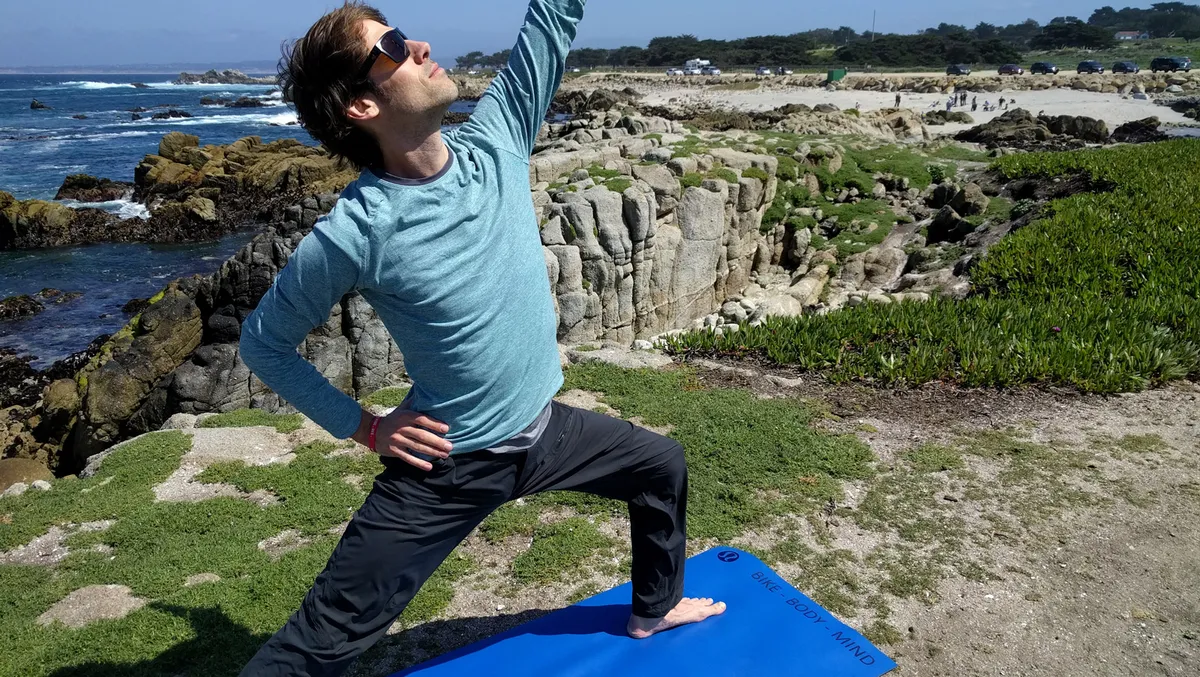BikeRadar had the opportunity to speak with Ryan Leech recently about the controversial subject of e-mountain bikes (e-mtbs).
- How to track stand on a mountain bike
- Shimano plans to make e-bikes indistinguishable from normal bikes
Ryan’s been a professional mountain biker for over 20 years. During that time, he’s appeared in numerous mountain bike films, performed thousands of bike stunt shows all over the world, and hosted a how-to series on the Ride Guide TV Show. He’s taken his message further by producing a cult-classic instructional DVD called ‘Mastering the Art of Trials’, and is now running an online mountain bike skill development website.
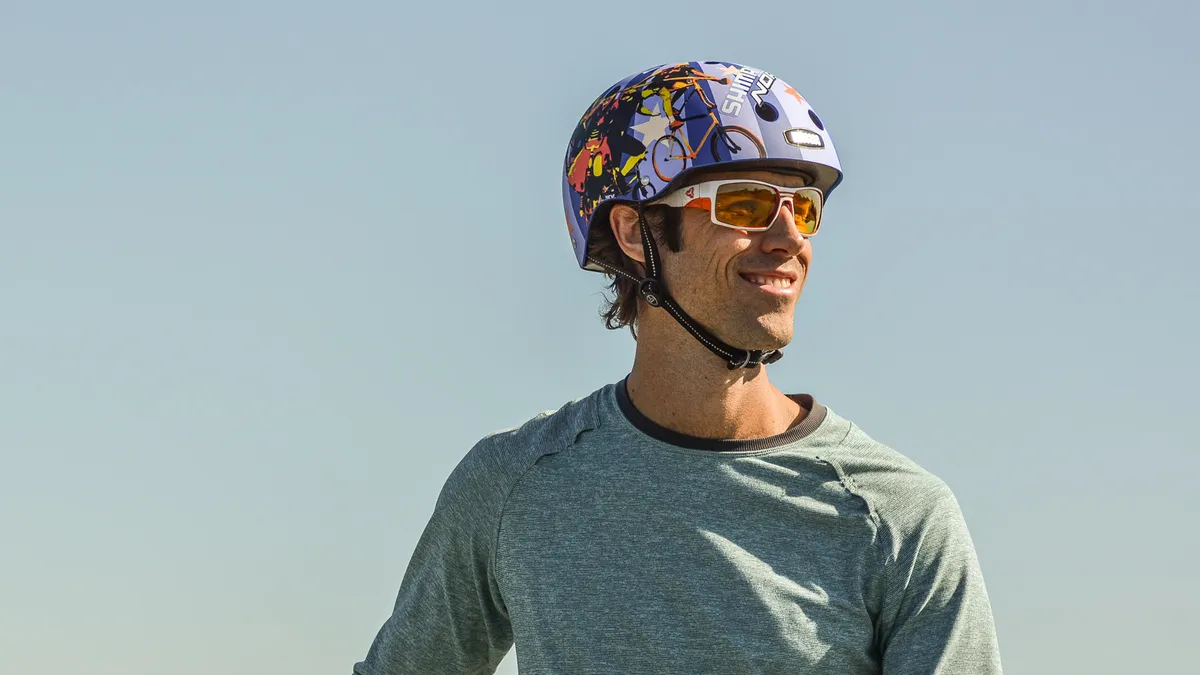
BikeRadar: When was the first time you saw an e-mountain bike?
Ryan Leech: The first time I recall seeing an e-bike in British Columbia, it was Bjorn Enga from Kranked movie fame, 7 or 8 years ago. He’s adding motors to Santa Cruz V10 downhill bikes.
E-bikes have the opportunity to bring a whole new demographic into this sport
What are some uses for e-bikes?
While leading a tour group on mountain bikes, having a guide riding an e-bike was a huge benefit. E-bikes can be used as a guiding tool, helping guests up climbs, carrying more gear, being fresher at the end of the day. Even though the other guide was on an e-bike, it was just like he was another mountain biker, not loud, it fitted right in with the group.
What about e-mtbs on trails?
It’s still early days. For me, I’ve had zero issues so far, I’ve run into a few on trails. They have a real steady and smooth application of power, no brap. There’s no brap, so it’s probably less harmful on trail?
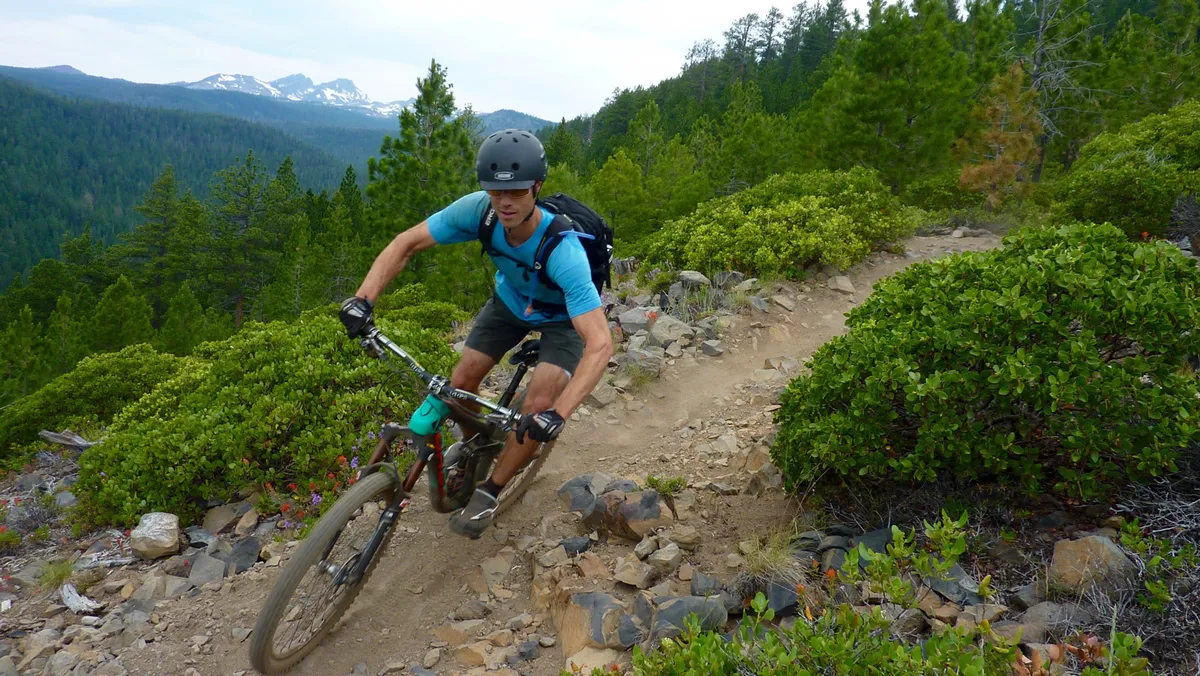
I don’t really see a particular concern. On faster trails I don’t see an issue, especially on technical sections, there’s a core mountain bike community right now riding those [trails], and most e-bike riders don’t have the proper skills to do the really challenging trails. If they’re not damaging trails, it’s not too much of an issue.
It’s important to consider potential problems before they happen, and so when and if numbers increase and if that creates issues there will be some ideas for how to respond.
Will North America adopt e-bikes like they have in Europe?
It wouldn’t surprise me. I recently met a 75-year-old guy full of life, super excited to be riding again. He showed me his e-bike, he was stoked. E-bikes have the opportunity to bring a whole new demographic into this sport who might eventually choose to do more pedaling. It could be a great thing for a lot of bike companies, US participants are adopting it, even if the bike industry doesn’t, money talks, the market speaks — demand tells the story, those against it will have to adapt and understand.
The big challenge, though, is what is the etiquette? Will we need separate trails?
Should IMBA get involved with e-mtbs? Currently their take is that mountain biking is inherently a human powered activity.
Absolutely. IMBA and/or other organizations that may have a stake would do well to gather data, finding out what the impact is. More data for more authority. It needs to be an organized effort, and might not need to be a big expenditure for some good initial data.
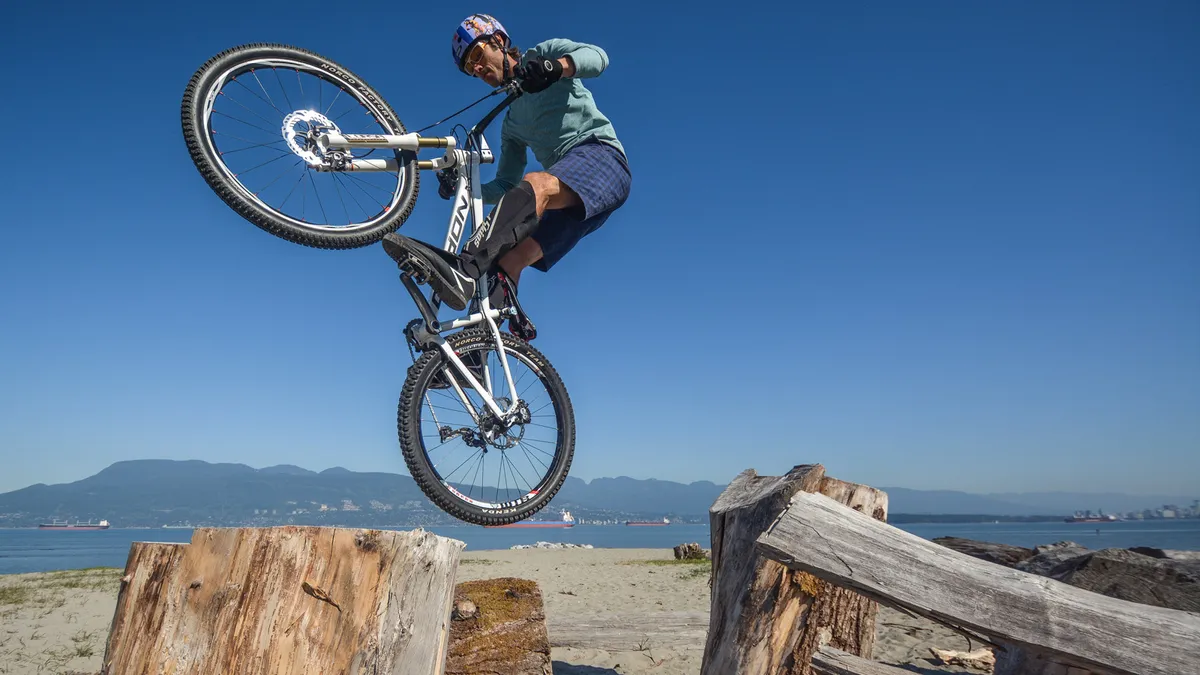
What about e-bikes getting more people on bikes, or mountain bikes?
You know, I can envision riding an e-bike and having lots of fun, it’d be a blast, e-bikes are coming on strong, more and more people are finding it’s fun. To me, the more people there are in the woods, the better! There’s a lot of nature to go around.
The big challenge, though, is what is the etiquette? Will we need separate trails? We will need more e-mtbs to truly know how to move forward. We need to figure things out locally first, then apply them nationally.
What about allowing e-mtbs with a decrease in power or speeds?
Maybe, more data is needed before knowing what is possible, the power isn’t available to spin tires, we need more info to really know if a limitation is needed.
